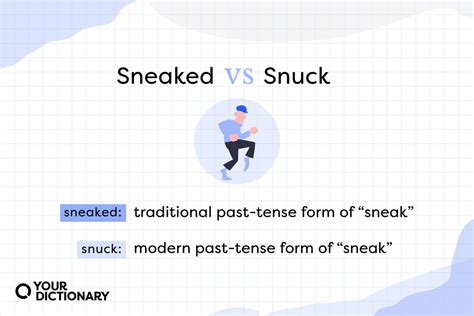In an era where consumerism reigns supreme, it’s not uncommon to find ourselves succumbing to the allure of impulse buys or overpriced purchases. Whether it’s a trendy gadget, a designer handbag, or a luxury vacation package, the temptation to splurge can be overwhelming. However, in the cold light of day, the realization that we’ve overspent can be a harsh awakening. The question remains: how do we rectify these overpriced purchases and make our hard-earned money go further?
Understanding the Psychology of Overpriced Purchases
To tackle the issue of overpriced purchases, it’s essential to grasp the psychological underpinnings that drive our spending habits. One key factor is the concept of social proof, where we’re influenced by the actions and opinions of others. For instance, if a product or service is endorsed by a celebrity or has a high number of positive reviews, we’re more likely to perceive it as valuable and worthwhile, regardless of its actual price. Additionally, the fear of missing out (FOMO) can also play a significant role, as we worry that failing to secure a particular item or experience will result in missed opportunities or diminished social status.
A study by the Harvard Business Review found that consumers are willing to pay up to 16% more for products and services that are perceived as unique or exclusive. This highlights the power of social influence and the importance of critically evaluating our purchasing decisions.
Practical Strategies for Rectifying Overpriced Purchases
So, what can be done to rectify overpriced purchases and develop more frugal habits? One approach is to implement a 30-day waiting period before buying non-essential items. This allows for a cooling-off period, during which the initial excitement and impulse to purchase can subside, giving us a clearer perspective on whether the item is truly necessary. Another strategy is to practice mindful consumption, where we carefully consider the value and utility of each purchase, weighing the potential benefits against the costs.
Step-by-Step Guide to Mindful Consumption
- Define your needs: Before making a purchase, take time to reflect on what you truly need. Distinguish between essential and discretionary spending.
- Research and compare: Look for alternative products or services that offer similar value at a lower price point.
- Set a budget: Establish a clear budget and stick to it. Avoid impulse buys that can derail your financial plans.
- Evaluate the value proposition: Consider the long-term benefits and potential return on investment for each purchase.
The Role of Technology in Overpriced Purchases
Technology has transformed the way we shop, with e-commerce platforms and social media exerting significant influence over our purchasing decisions. While these channels offer unparalleled convenience and accessibility, they also introduce new challenges, such as the proliferation of targeted advertising and the normalization of impulse buying. To navigate these challenges, it’s crucial to develop digital literacy and critically evaluate the information presented to us online.
Pros of E-commerce
- Convenience and accessibility
- Broad product range and competitive pricing
- Opportunities for customer reviews and feedback
Cons of E-commerce
- Risk of impulse buying and overspending
- Potential for misinformation and deceptive advertising
- Depersonalization of the shopping experience
Future Trends in Consumer Spending
As we look to the future, several trends are poised to reshape the consumer landscape. One key development is the rise of sustainable consumption, as individuals increasingly prioritize environmental and social responsibility in their purchasing decisions. Another area of growth is the adoption of digital payment systems and contactless transactions, which promise to enhance convenience and security.
Expert Insights on Sustainable Consumption
"Sustainable consumption is no longer a niche concern, but a mainstream expectation. Consumers are demanding more transparency and accountability from brands, and are willing to pay a premium for products and services that align with their values." - Dr. Maria Rodriguez, Sustainability Expert
FAQ Section
What are the most common factors that contribute to overpriced purchases?
+The most common factors include social proof, fear of missing out (FOMO), and the influence of targeted advertising. Additionally, the perceived value of a product or service can be inflated by branding, packaging, and marketing strategies.
How can I develop more mindful consumption habits?
+Start by implementing a 30-day waiting period for non-essential purchases, and practice critical evaluation of the value and utility of each item. Additionally, set a budget, research alternative products, and consider the long-term benefits and potential return on investment.
What role will technology play in shaping future consumer spending habits?
+Technology will continue to exert significant influence over consumer spending habits, with the rise of sustainable consumption, digital payment systems, and contactless transactions poised to transform the retail landscape. Additionally, the growth of e-commerce and social media will require consumers to develop digital literacy and critically evaluate online information.
In conclusion, rectifying overpriced purchases and developing more frugal habits requires a multifaceted approach that incorporates psychological insights, practical strategies, and technological savvy. By understanding the factors that drive our spending habits, implementing mindful consumption practices, and staying informed about future trends, we can make our hard-earned money go further and cultivate a more sustainable and responsible approach to consumerism.



